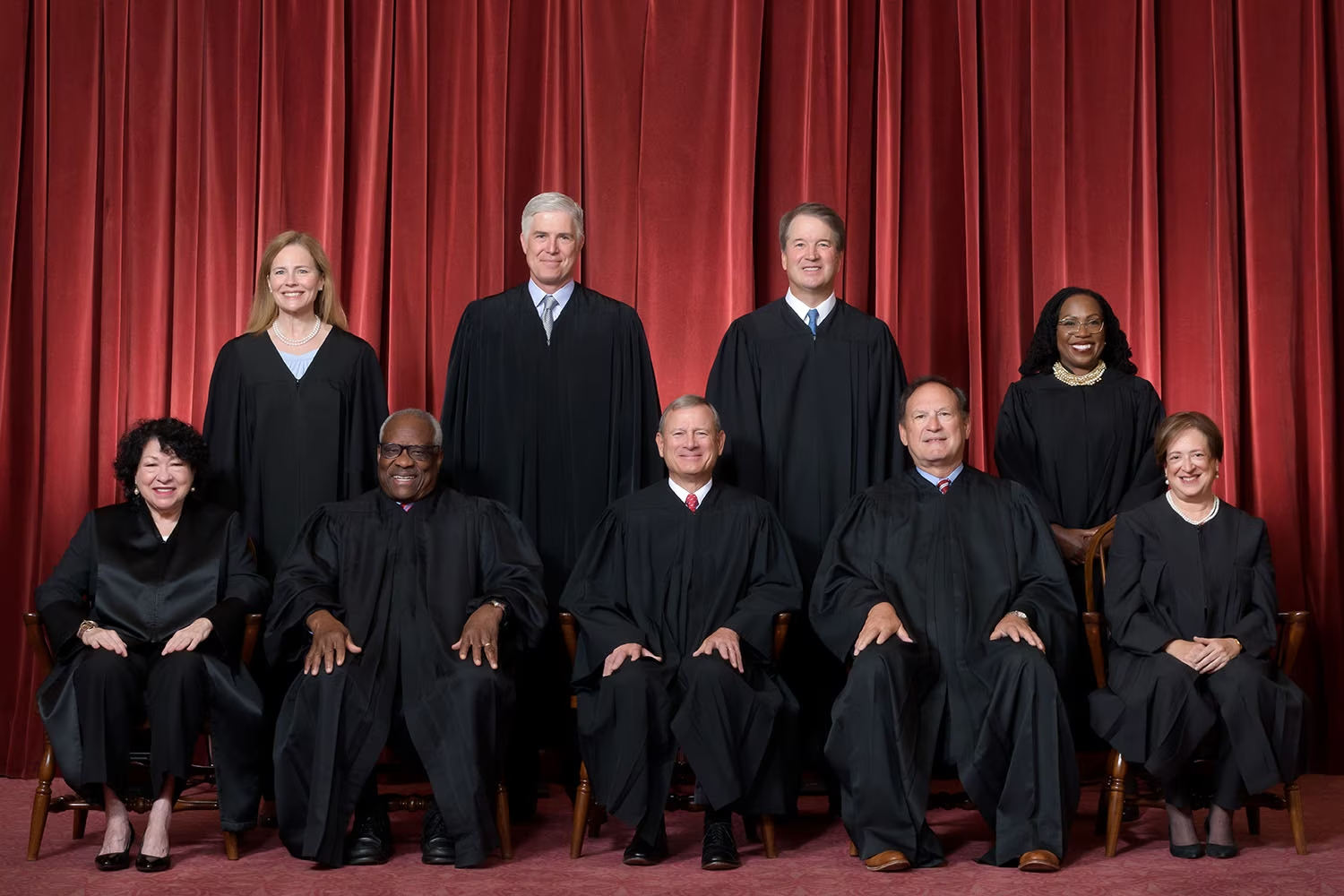A recent Supreme Court decision that substantially narrowed the Environmental Protection Agency’s authority to regulate millions of acres of wetlands is expected to open more land for development.
More than half of the nation’s wetlands could lose protection under the Clean Water Act, according to environmentalists and legal analysts. This concerns water quality advocates who fear the ruling will lead to degraded water supplies.
From a developer’s perspective, projects will have fewer regulatory hurdles to overcome, making them faster to move from conception to construction. This could make new housing developments more financially viable during a time of acute housing shortages in many areas of the U.S., they point out.
The case, Sackett v. Environmental Protection Agency, involved an Idaho couple who tried to build a house on property they’d purchased. The couple filled a soggy part of the property with sand and gravel to prepare for construction. The EPA ordered them to halt construction and return the property to its original state. The couple then sued the agency.
Related Stories
Codes and Standards | Oct 3, 2017
Reducing duct leakage is focus on latest green building standards updates
ASHRAE 189.1 broadens testing requirements to include more types of ducts.
Codes and Standards | Oct 2, 2017
Nationwide retrofit strategy in Canada could cut 51% of emissions from large buildings
The roadmap provides government and industry with a targeted plan.
Codes and Standards | Sep 28, 2017
Resources available for new OSHA respirable crystalline silica regulation
NRCA offers compliance tools for contractors.
Codes and Standards | Sep 28, 2017
New tool compares HVAC system efficiency
IAPMO and Hydronics Industry Alliance unveil BEST to evaluate systems in early design phase.
Codes and Standards | Sep 26, 2017
Anti-drone technology can ward off unauthorized drone flights
The technology can be used to prevent terrorist attacks and spying.
Codes and Standards | Sep 25, 2017
How-to guide to renovating shopping centers available
E.U. research project focuses on energy efficiency and occupant comfort.
Codes and Standards | Sep 21, 2017
After construction crane collapses during Irma, regulations questioned
Cranes rated for 140 mph winds didn’t hold up to 100 mph gusts.
Codes and Standards | Sep 20, 2017
Energy efficiency measures pay off in some not-so-obvious ways
Access to better financing, tax incentives, rent premiums, among the benefits to greener buildings.
Codes and Standards | Sep 19, 2017
Benchmarking regulations prompt jump in green certified properties
2016 saw a slight rise in total certified U.S. green office space.
Codes and Standards | Sep 18, 2017
Changes likely to come to federal wetlands regulations
However, states may step up regulations as feds relax them.

















